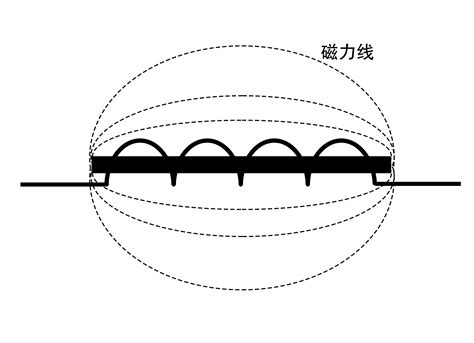Understanding Ethereum Testing Logs with Found: μ (number of consecutive matches) vs. ~ (relative place)
If you experience a significant amount of “running” in the foundry in the test logs, we deepen the importance of two important meters: μ and ~.

μ (μ): The number of consecutive matches
μ indicates how many times it starts a particular event or space according to a specified schedule. Intelligent In connection with μ Fihon contractual testing, it is often the case with the frequency of successful commissioning or action calls for a certain period of time.
–
Example:
.
~ (relative place)
~: Relative location of the event in test locks. The development of Ethereum describes how to call the case or function of a given test in the area.
–
Example:
– The test may have begun in the 0 directory and ended in the library for 100 specific intelligent contractual functions. If the function at this time is approx. It is called 93 times, then the value would be 93.
Interpretation μ and ~ in the Testing Block of the Fate
Carefully interpret the logs, take into account the following:
–
μ -values:
– High values (eg 100) may indicate that the smart contract function is constantly called according to the schedule.
– Low values (eg 10) may indicate that a certain function call does not occur than expected.
–
~ values:
– Positive ~ values (eg 93) indicate that a test case or a function call goes to the expected area.
-negative ~ values (eg -10) may indicate that the event is different from the expected area, probably due to logic problems.
to find the best exercises μ- and ~
To ensure an accurate interpretation of Ethereum tests in the foundry:
- Understand the case of the test:
Check the Special Intelligent Contract Function Tested.
- Discover μ and ~: Examine how these meters are calculated in various Ethereum development frameworks, including them, such as the foundry.
- Carefully watch the logs: Look closely with the logs of the expected values.
Understanding the μ (number of consecutive matches) and ~ (relative place) is better prepared to diagnose intelligent contract test problems or optimize test strategies to achieve more detailed results.


